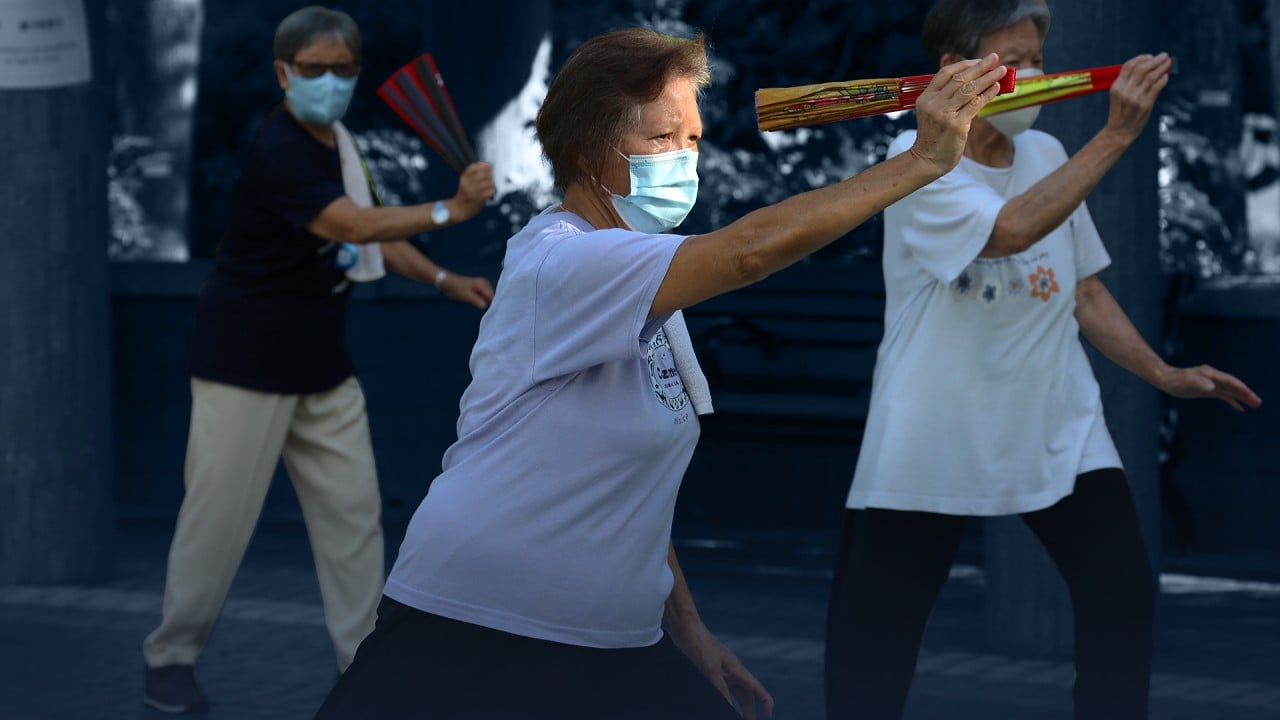
Hong Kong needs its own version of Japan’s ‘womenomics’
- The city can learn from Shinzo Abe’s initiative to boost the number of working women in Japan, given its ageing population
- Improving child care support and challenging traditional gender norms would encourage more women to bring their skills to the workforce
During his tenure as prime minister of Japan, the late Shinzo Abe’s government implemented a set of gender-friendly policies, dubbed “womenomics”, to encourage women to work. To be sure, not every proposal was met with approval. For example, a scheme to give 300,000 yen (US$2,500), to small companies that promoted women to management positions was shot down.
Moreover, although Hong Kong is very open to importing labour, it is time to tap into an enormous, underutilised pool. The city achieved gender equality in postsecondary education a long time ago, exemplified by the number of female students enrolling in University Grants Committee programmes at various degree levels, which exceeds the number of male students enrolling.
But after gaining a degree, many women choose not to work, for a number of reasons. The current labour participation rate for women is around 54.2 per cent, compared to 73 per cent in Japan. That figure remains little changed from three decades ago, when 47.9 per cent of women worked.
Abe’s womenomics policy was conceived with the idea that gender equality can be achieved alongside economic objectives. In Hong Kong, female consumers contribute significantly to the economy.
According to the same government survey, proportionally fewer women use the internet, but more made purchases online in 2020 – 44.3 per cent versus 41.9 per cent for men. Considering that the online retail market in Hong Kong is worth around US$2.9 billion, according to Statista, empowering women can lead to healthy economic growth.

Hopefully, these statutes are being strongly enforced. Women, especially when they are the head of single-parent households, benefit from subsidies and financial assistance that supplement child care services, for example, through the Kindergarten and Child Center Fee Remission Scheme.
Hong Kong also has one of the highest minimum wages in Asia, which makes taking up employment here more attractive.
Ignoring Hong Kong’s wealth inequality puts our health at risk
Given the policies working in women’s favour in Hong Kong, perhaps it is cultural norms that explain the remaining underemployed women. Even in Japan, the female labour force participation rate falls short of industrialised countries like Sweden, Iceland and Switzerland.
Cultures have different ideas about women’s role in the family and society, and entrenched ideas can be hard to change. That said, data shows Hong Kong is a liberal society and things are improving. For example, the percentage of women in director-level jobs in the civil service stood at just 9.8 per cent in 1991. That figure is now 40.3 per cent. With focused initiatives, this trend can continue.
Gary Lai is an economist based in Hong Kong


